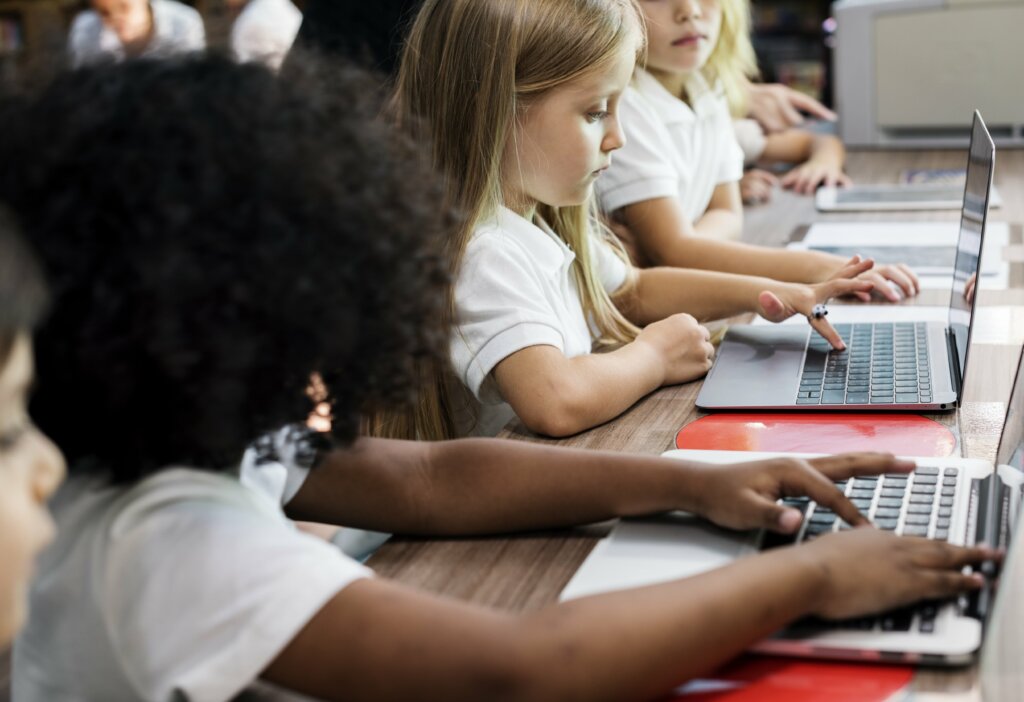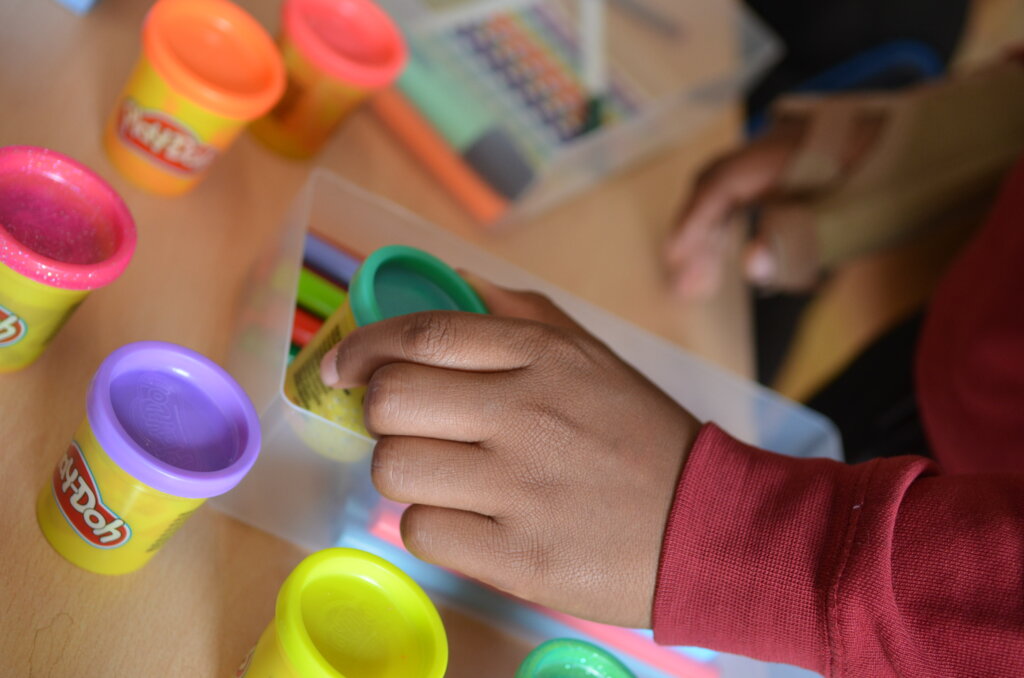In today’s fast-moving world, children are becoming more tech savvy and immersed in internet culture. Likewise, technology is becoming a bigger part of education than ever before, with UK primary schools increasingly adopting digital tools to enhance learning experiences and ensure pupils can thrive in the digital world. However, as schools integrate technology into classrooms, they must also navigate the challenges of digital safety to ensure a secure and productive learning environment for students.
The Benefits of Digital Technology in Education
Integrating technology into primary education provides so many exciting opportunities to elevate and expand children’s learning. Digital tools such as interactive touchscreens, educational apps, and online learning platforms enable more engaging and personalised learning experiences. Students can now explore subjects in new, fun ways through interactive content, adaptive learning software, and virtual field trips, making lessons more dynamic and accessible.
Furthermore, technology supports differentiated learning, catering to the needs of students with varying abilities and learning styles. Platforms like Google Classroom, Microsoft Teams, and Oak National Academy have become essential tools in modern classrooms, helping teachers manage assignments, provide feedback, and facilitate communication between students and parents.
Beyond enhancing learning, technology also streamlines administrative tasks for teachers and school staff. Digital attendance systems, automated grading tools, and online communication platforms reduce workload and improve efficiency. With cloud-based solutions, educators can store lesson plans, collaborate on documents, and access resources from anywhere, allowing for more flexibility in lesson planning and delivery. Schools can also leverage artificial intelligence to support learning analytics, helping teachers identify students who may need additional support and tailor interventions accordingly.
Online Safety and Cybersecurity
As great as these technological tools are, they also come with some challenges, particularly when it comes to digital safety. With more time spent online, digital safety remains a critical concern. The widespread use of the internet in education exposes students to potential risks such as cyberbullying, inappropriate content, and online scams. Schools must implement robust safeguarding measures to protect students in the digital space. One of the key strategies is the enforcement of internet filtering and monitoring systems that block harmful websites and track online activity for potential threats. Establishing clear digital policies, including acceptable user agreements, helps set guidelines for responsible technology use within schools.
Cybersecurity awareness is equally important for both students and staff. Providing digital literacy training ensures that children understand online risks, including phishing scams, social media dangers, and data privacy concerns. Schools can incorporate e-safety lessons into the curriculum, teaching students how to recognise and respond to cyber threats. Regular training sessions for teachers and staff on cybersecurity best practices also help protect school networks from potential cyberattacks.
It’s not just the responsibility of schools, parents play a key role in digital safety too. Schools can organise workshops and provide resources to educate families on managing screen time, monitoring online activities, understanding the social media their children use and implementing parental controls at home. Encouraging open communication between students, parents, and educators helps create a unified approach to digital wellbeing and reinforces safe online behaviours beyond the classroom.
Balancing the advantages of technology with the need for digital security requires ongoing effort. Schools must stay updated with the latest technological trends and cybersecurity developments to ensure a safe digital environment. By combining effective technological integration with comprehensive digital safety strategies, UK primary schools can create an enriching and secure educational experience for their students.
Please complete the form below and we will get in contact as soon as we can to help you with your query.















